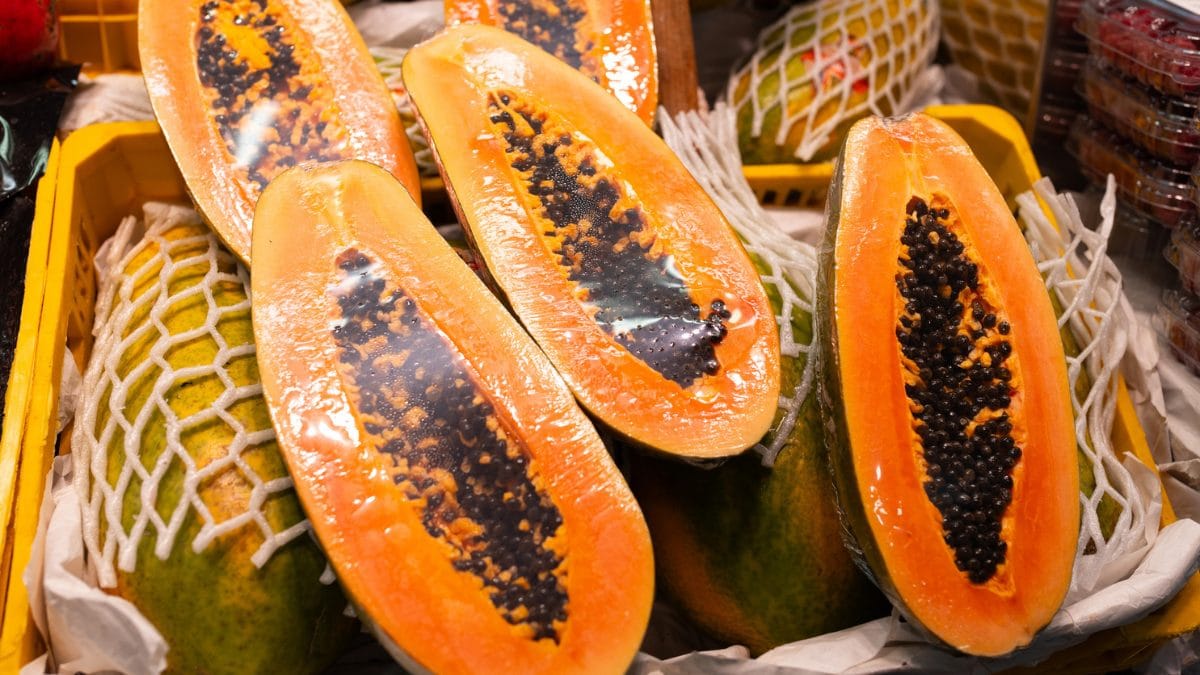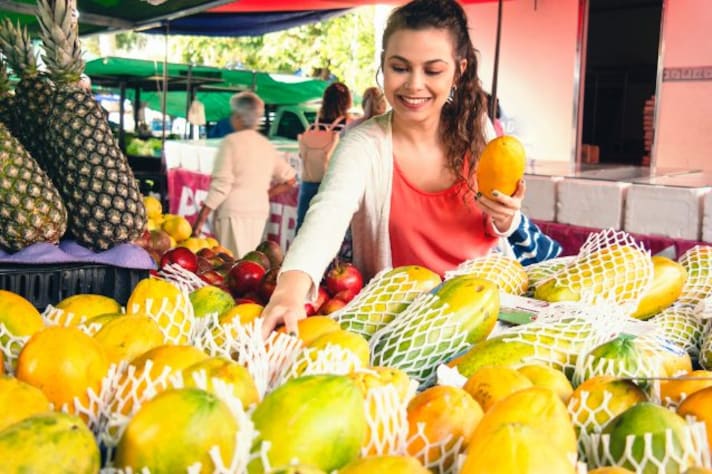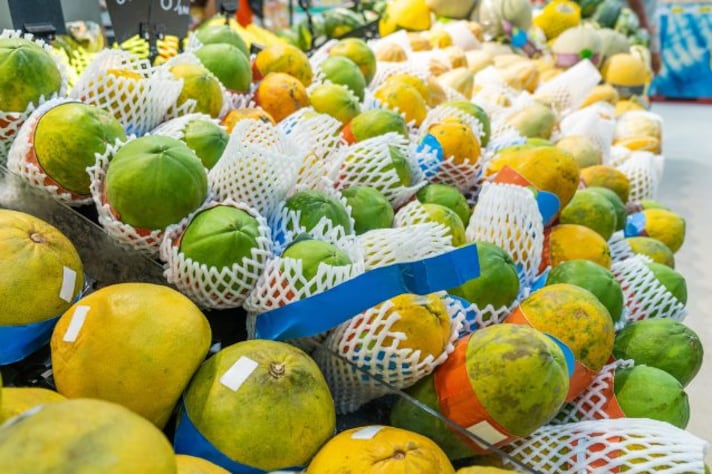
There you are, standing in front of the tropical fruit section, eyeing those curious oblong fruits that look like oversized pears in a color palette somewhere between lime and sunset. Papayas. They promise juicy, sweet flesh, exotic flavor, and maybe a digestion boost if you're feeling sluggish. But—how do you know which one to pick? If you're anything like most shoppers, you've probably poked a few, sniffed a couple, and walked away entirely unsure. Picking the right papaya at the grocery store is part instinct, part science, and part… well, luck. But don’t worry—I’ve peeled away the mystery for you.
What’s the Color of a Ripe Papaya?
Let’s be real—nothing spoils a fruit salad faster than a papaya that tastes like a foot. Yes, I said it. Underripe papayas can have a sharp, bitter edge, and overripe ones might be downright mushy or fermented. Getting it just right makes all the difference. A perfectly ripe papaya is floral, fragrant, subtly sweet, and buttery soft with a whisper of melon and mango. You don’t want to leave that up to chance.
When it comes to papayas, color isn’t just cosmetic—it’s a full-blown billboard. Generally, a ripe papaya will have skin that’s mostly golden yellow with a tinge of green. Think banana—not bright yellow from head to toe, but well on its way. Avoid fruits that are fully green if you're planning to slice and serve within 24 hours. Unless you’re using green papaya for a Thai salad (more on that later), that’s not your fruit.
Green vs Yellow vs Blotchy: Which Hue Wins?
Here’s where it gets fun. A little mottling is okay—think of it like freckles on a ripe banana. Speckles or minor discoloration mean the fruit has ripened on its own time. Too much black spotting or wrinkling? That’s a red flag. If the skin is mostly green with hints of yellow, it’s still ripening and could be a good candidate if you're buying ahead. Fully yellow skin with slight softness? Jackpot.

How to Tell if It’s Ripe
Touch it—but don’t squish it like you're testing stress balls. Ripe papayas should give just slightly under gentle pressure. Not rock hard, not squelchy, just a Goldilocks zone of give. Too firm means it's underripe. Too soft, especially near the stem or base, means you’re probably past the prime.
The Thumb-Test and Gentle Press Rules
Place your thumb near the blossom end (the opposite of the stem) and give it a light press. If it yields just slightly—like pressing the flesh between your thumb and forefinger—it’s ready. If it feels like a zucchini left too long in the sun, walk away. Trust me, no recipe has ever started with “Begin with an overripe papaya that smells faintly of regret.”
Smell Test – Aroma as an Indicator
Papayas don’t whisper—they announce their ripeness. A ripe papaya will give off a fruity, musky aroma, especially near the stem. If you’re not catching anything, it’s likely underripe. If it smells a bit fermented or overly strong? You may be too late. The goal is something tropical, clean, and just sweet enough to make you want to slice into it on the spot.
Can You Ripen It Quickly at Home?
Bought a green one by accident or on purpose? No sweat. You can ripen papayas at home—just like avocados or bananas. Leave it at room temperature, preferably in a brown paper bag to concentrate the ethylene gas (nature’s ripening hormone). Want to go full MacGyver? Toss in a banana or an apple to speed things up. Within two to three days, it should be ready to go.
Speed-Ripening Tricks
Pairing papayas with other ethylene-producing fruits is a classic produce department hack. Bananas are your best buddy here, followed closely by mangoes and apples. Just be sure not to suffocate the fruit—check daily. Refrigeration? Only once it’s ripe, or you’ll stop the process cold (literally).

When to Leave It on the Shelf
Let’s call it like it is: papayas can be dramatic. Overripe ones may leak, smell boozy, or feel as soft as pudding. Bruises, large black patches, mold near the stem, or shriveled skin are all no-gos. If it looks like it’s been through a breakup and three seasons of bad weather, skip it.
How to Store and Serve Your Papaya
Once you’ve scored your golden papaya, keep it at room temperature if it’s not quite there. When ripe, pop it in the fridge if you’re not using it right away—it’ll last another two to three days.
To serve, slice lengthwise, scoop out the seeds (or don’t—some chefs toast them), and spoon the flesh right out, or cube it for salads, salsas, or smoothies.
What Does a Good Papaya Taste Like?
Think tropical cocktail without the booze. A well-picked papaya has a mellow sweetness, almost like cantaloupe but softer and creamier. The flavor is subtle but unmistakable. Pair it with lime juice for a classic twist—it cuts any lingering bitterness and brings out that floral zing.
;Resize,width=767;)
